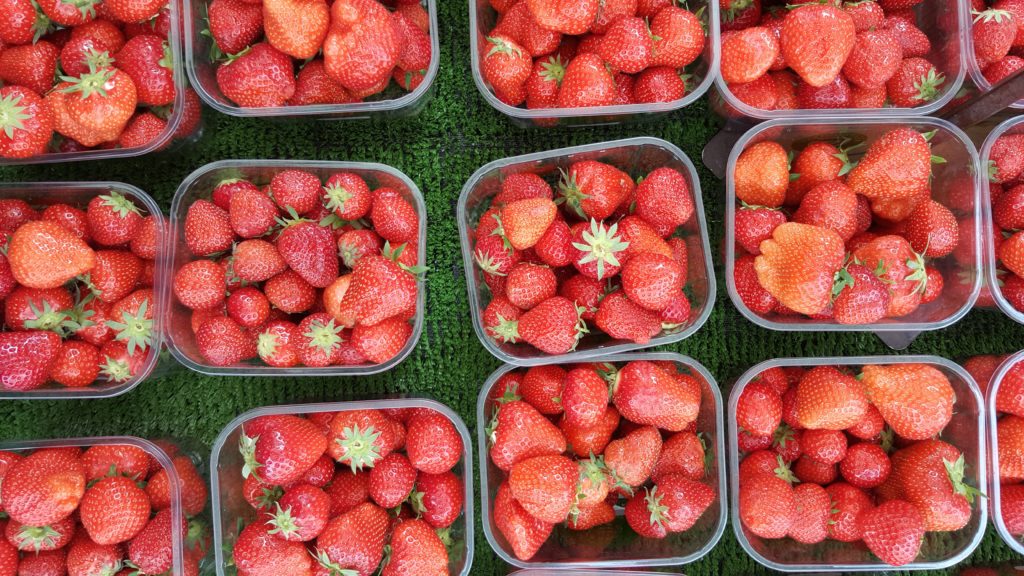The meal plans at G-Plans, and many others out there, have shifted to focus from calorie counting to macro counting. Have you ever wondered why calories aren’t the prime focus? That’s a reasonable question, especially when diet culture for years has been telling us to focus on nothing but the calories! Our goal at G-Plans, and most likely other macro-counting programs, is to shoot for quality rather than focus on the quantity.

Why does quality matter more than quantity?
Cutting calories or restricting intake is a tough way to encourage weight loss. Cutting down on how much to eat definitely can induce weight loss, but only for so long. What we mean by that is that your body hits a threshold to how much it’s willing to let go before it adapts to its new normal, which is a lower calorie intake. This, in other words, is the dreaded plateau that many of us have faced at one point or another. What’s worse than not being able to eat what you want? Not being able to eat what you want AND not losing weight. This is why focusing on quality, aka focusing on macros, is a better way to enjoy food but also eat well. Focusing on macros allows for freedom to enjoy a balance of foods that are nourishing, but finding time to enjoy things that maybe have more a nostalgic purpose rather than a nutritional one. Cutting out the calories doesn’t necessarily mean cutting out the “junk.” It just means that total calories are restricted. Focusing on the balance of macronutrients allows us to keep track of portions, nutrients, and enjoyable foods. Calorie counting can be an easy tool to limit, but it doesn’t help with learning what you can have! Shifting the focus onto quality meals opens up those doors so you can begin to say “yes” rather than constantly telling yourself “no!”
How do we know what’s quality?
Learning what’s “good” and what’s “bad” is tricky because there’s not always a clear answer. So let’s begin with digging into what a quality food looks like. Nutritionally speaking, nutrient-dense foods are usually a marker of a quality food item to incorporate regularly or make substitutions for other foods. But what is nutrient-dense? Nutrient-dense means a given food item has the most bang for your buck; the most amount of valuable nutrients per calorie. Examples of nutrient-dense foods: fruits, vegetables, whole grains, fish, etc. Nutrient-dense foods can be that new trendy superfood, or it can be a regular apple. The idea is that foods that usually fall into this category are usually naturally packed full of beneficial nutrients like vitamins, minerals, healthy fats, proteins, and dietary fiber. Focusing on introducing more nutrient-dense foods into our day-to-day diet, is one way of focusing more on what we can have rather than what we can’t. Also incorporating more nourishing foods naturally leaves us feeling more full and satisfied, which means there’s less room for the less dense! When in doubt, always go back to basics. You can never go wrong with a side of veggies!
You may be wondering, “where do I start?” This is an excellent question. Changing your eating style to focus on macronutrients can be an overwhelming process to begin. Take each day by the reins and plan on tackling little goals. Maybe start by counting the macros of a normal day, or shift the way you build one meal to find more balance between your macros. Either way, we always have your back and are happy to show you some easy ways to plan your meals. Take the metabolic quiz today to find a well-macronutrient-balanced meal plan that fits your needs and begin your journey to understanding how to count macros!

